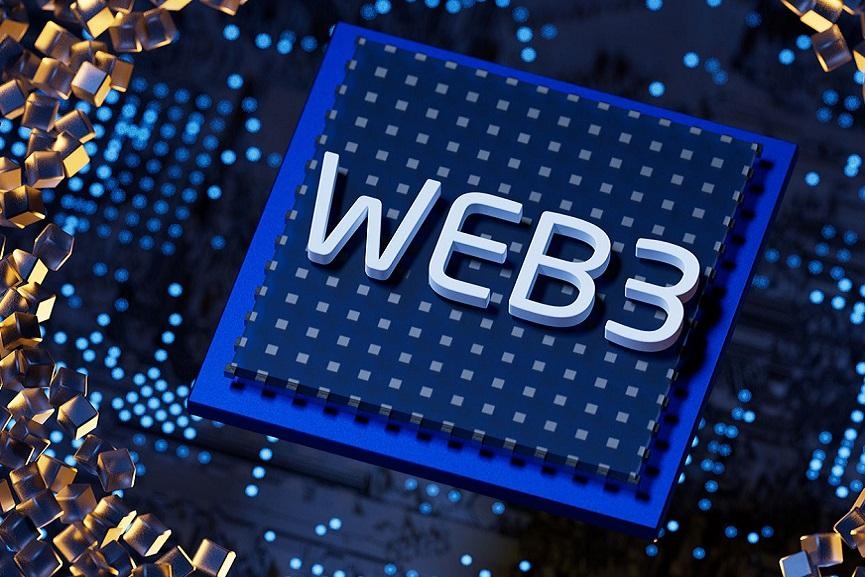
The blockchain space has matured rapidly over the past decade, but one challenge remains persistent scalability. As more users flood into decentralized ecosystems, the demand for faster, cheaper, and more efficient transaction processing is at an all-time high. This is where Layer 2 solutions have stepped in to revolutionize the way we interact with blockchains, particularly Ethereum. Whether you're an investor, developer, or just a curious enthusiast, understanding Layer 2s is critical to navigating the future of Web3.
At the same time, there's growing interest in early-stage investments tied to blockchain innovation. Many investors are seeking the best crypto presale opportunities, hoping to get in on the ground floor of emerging Layer 2 projects or dApps being built on them. These presales often serve as funding rounds for solutions addressing Ethereum’s congestion issues, allowing developers to scale their applications without compromising decentralization.
What Are Layer 2 Solutions?
Layer 2s are secondary frameworks built on top of existing blockchains (usually Ethereum) to improve scalability and reduce gas fees. Rather than altering the base layer (Layer 1), Layer 2s handle transactions off-chain and only settle the final result on the main blockchain. This dramatically enhances throughput without compromising the security of the underlying network.
Some of the most prominent Layer 2 technologies include:
Rollups (Optimistic and ZK-Rollups)
These batch multiple transactions into a single one, reducing the data load on Layer 1. Optimistic rollups assume transactions are valid by default, while Zero-Knowledge (ZK) rollups use cryptographic proofs to ensure validity.Plasma
Plasma chains are smaller versions of the Ethereum blockchain that periodically settle on the main chain.State Channels
These allow users to conduct a series of transactions off-chain, which are then settled in a single transaction on-chain.
Why Layer 2s Matter Right Now?
In 2021 and 2022, Ethereum gas fees soared during periods of high network usage, making simple transactions like swapping tokens or minting NFTs prohibitively expensive. Layer 2s came to the rescue by offering low-cost, high-speed alternatives for everyday users.
Fast forward to 2025, and the momentum around Layer 2s has only grown stronger. The Ethereum Foundation has openly stated that it envisions a “rollup-centric roadmap,” signaling its long-term commitment to these scaling solutions. In fact, Ethereum’s recent upgrades like EIP-4844 (Proto-Danksharding) specifically aim to support Layer 2 efficiency by reducing data storage costs.
Key Players Dominating the Layer 2 Landscape
Let’s take a look at some of the most impactful Layer 2 networks currently shaping the Web3 experience:
1. Arbitrum
Arbitrum leads the Layer 2 pack with its optimistic rollup architecture. Known for its compatibility with Ethereum’s tooling and robust developer community, Arbitrum has become a go-to solution for DeFi protocols looking to scale.
2. Optimism
Optimism has gained massive traction thanks to its support for open-source infrastructure and participation in retroactive public goods funding. Many Ethereum-native apps are already deployed on Optimism, benefiting from reduced fees and fast finality.
3. zkSync
As a pioneer in ZK-rollups, zkSync is pushing boundaries by enabling trustless and private transactions with near-instant finality. zkSync 2.0 has introduced EVM compatibility, allowing developers to port Ethereum apps without rewriting code.
4. Starknet
Backed by StarkWare, Starknet uses STARK proofs to scale Ethereum while offering high levels of security. The platform supports complex dApps like games and NFT marketplaces that require high throughput and low latency.
Real-World Use Cases Driving Adoption
Layer 2s are more than just infrastructure they’re powering real-world applications that were previously impractical due to scalability constraints. Here’s how they’re making an impact:
DeFi at Scale: Projects like GMX, Aave, and Uniswap have deployed on Layer 2s to serve millions of users without sacrificing performance.
NFT Minting: Minting on Layer 2 dramatically reduces costs, making it more accessible to artists and collectors.
Gaming and Metaverse: Fast-paced gaming environments like those built on Immutable X need high-speed and low-cost transactions that Layer 2s can offer.
Cross-Chain Bridges: Layer 2s often serve as intermediaries between different blockchains, increasing interoperability and user convenience.
Economic Impact: Lower Costs, Higher Engagement
One of the most immediate benefits of Layer 2s is cost reduction. For example, transferring ERC-20 tokens on Ethereum may cost $5–$30 in gas fees, while Layer 2s can bring that down to mere cents. This reduction has significantly increased user engagement, particularly in regions where high fees were a major barrier to entry.
Additionally, developers benefit from lower deployment and transaction costs, encouraging innovation and experimentation. With less financial risk involved, more projects are emerging, pushing the boundaries of what decentralized tech can achieve.
Challenges and Trade-offs
While Layer 2s solve many problems, they also come with their own set of trade-offs:
Centralization Risks: Some Layer 2s rely on centralized sequencers or validators, which may contradict the ethos of decentralization.
Liquidity Fragmentation: Different Layer 2s have their own ecosystems, which can split liquidity and complicate the user experience.
Security Concerns: Cross-chain bridges and L2 protocols have been targets of high-profile hacks. Security audits and rigorous testing remain vital.
That said, ongoing innovations like shared sequencers, decentralized proofs, and native L2 wallets are already addressing these limitations.
What’s Next for Layer 2 in 2025 and Beyond?
The Layer 2 space continues to evolve rapidly, with several exciting developments on the horizon:
Interoperability Between L2s: Projects are working to make it easier to move assets and data between Layer 2 networks, creating a more unified user experience.
Native L2 Tokens and Incentives: More Layer 2s are launching native tokens to incentivize users and developers, potentially leading to further decentralization.
Enterprise Adoption: As gas fees fall and scalability improves, enterprise-grade applications from supply chains to digital identity systems are starting to explore Layer 2s.
Final Thoughts: Why Layer 2s Deserve Your Attention?
Layer 2 solutions aren’t just a temporary fix they’re becoming a foundational layer for the next era of blockchain adoption. With Ethereum doubling down on rollup-based scaling and user demand for cheaper, faster transactions increasing daily, Layer 2s are poised to take center stage.
